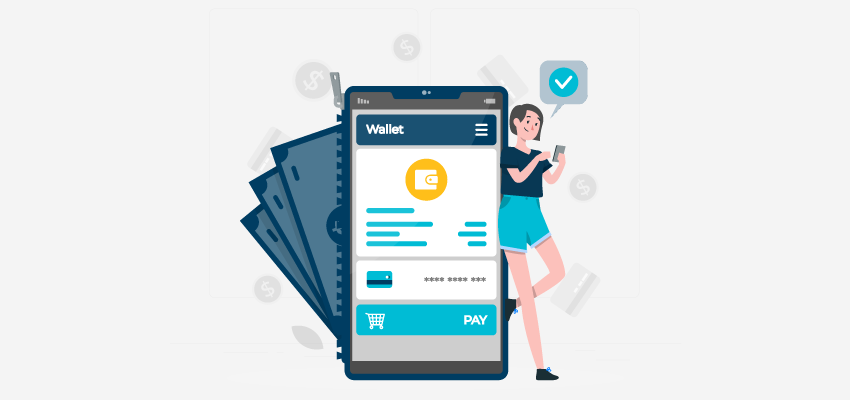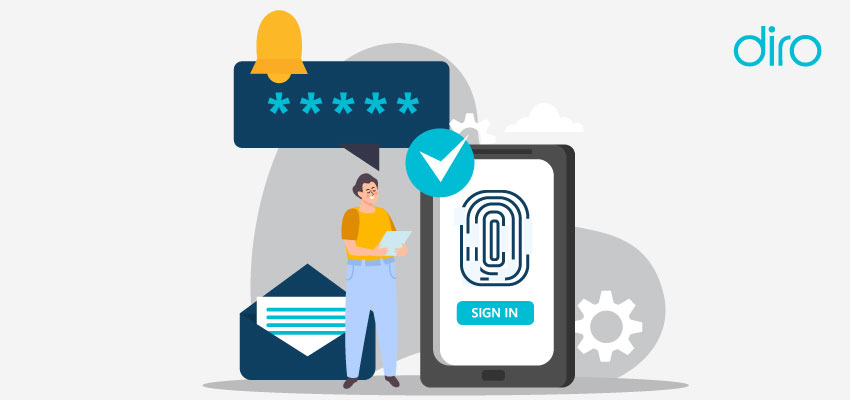Digital Income Verification: What is it, how it work?

Digital income verification is revolutionizing how businesses confirm an individual’s income by leveraging electronic data. This method allows companies to automatically access information from various sources, such as banks and payroll services, streamlining the process of income validation.
The Need for Digital Income Verification
As industries evolve, the demand for faster and more accurate income verification methods has grown. Traditional processes often involve cumbersome manual submissions and lengthy reviews of physical documents. Digital income verification offers a more efficient alternative, which is essential for transactions such as loan approvals, rental agreements, and eligibility for government assistance programs. In the United States alone, over 14 million home loan applications were filed in 2022, highlighting the pressing need for efficient verification solutions.
Why Businesses Should Embrace Digital Income Verification
Businesses from various sectors are increasingly adopting digital income verification due to several compelling reasons:
- Accelerated Decision-Making: Automating the verification process reduces the time spent on manual document collection and review, speeding up approvals for loans, rentals, and hiring.
- Cost Efficiency: By minimizing manual labor, companies can significantly lower operational costs associated with document handling.
- Enhanced Customer Experience: Faster and more efficient processes lead to higher customer satisfaction.
- Improved Data Accuracy: Direct access to data from reliable sources minimizes the risks of tampered documents.
- Fraud Prevention: Many digital verification solutions include robust identity verification features, providing additional security against fraudulent activities.
- Simplified Compliance: Digital processes help organizations meet regulatory requirements related to Know Your Customer (KYC) and Anti-Money Laundering (AML).
- Expanded Access: Alternative data sources allow businesses to evaluate individuals with limited credit histories, promoting financial inclusion.
- Reputation and Trust: Companies adopting innovative technologies are viewed as forward-thinking, enhancing their market reputation.
How Digital Income Verification Works
The process of digital income verification generally involves the following steps:
- Consent: The individual seeking verification (such as a loan applicant) provides permission to access their income data.
- Authorization: Financial institutions or payroll providers may require the individual to authorize the connection to the verification service.
- Data Collection: The verification service links to the individual’s financial accounts to retrieve necessary data, which may include salary, employment status, and other relevant information.
- Verification and Analysis: The service validates the collected data against the information provided by the individual. Algorithms and machine learning are often employed to detect inconsistencies.
- Report Generation: A detailed report summarizing the verified income and employment information is created.
- Delivery and Decision-Making: The report is sent to the requesting party, allowing for informed decisions regarding loans, rentals, or employment.
Advantages for Lenders and Borrowers
Digital income verification presents a range of benefits for both lenders and borrowers, fostering a more efficient financial ecosystem:
- Quick Loan Processing: Automation allows for rapid approval of loans, reducing wait times from days to mere minutes.
- Cost Reduction: Streamlined processes lead to lower administrative costs.
- Accurate Risk Assessment: Lenders can better evaluate borrower risk with digital income verification. If the results are poor, the loan process will be rejected.
- Fraud Mitigation: Digital income verification reduces the risk of financial fraud. Bad actors can create fake profiles and apply for loans, however, if the loan gets approved, they skip the re-payments. However, with income verification, the risk of fraud can be reduced.
- User-Friendly Experience: Simplified verification processes enhance customer satisfaction. Long verification times can tend to frustrate customers and they may end up skipping the verification process.
- Competitive Edge: Embracing modern technology distinguishes lenders in a crowded marketplace.
- Regulatory Adherence: Digital solutions facilitate compliance with evolving regulations.
- Enhanced Security: Improved data handling reduces the risk of breaches or identity theft.
- Increased Transparency: Borrowers gain insights into how their data is used in the verification process.
Challenges of Digital Income Verification
While digital income verification offers numerous benefits, several challenges must be addressed:
- Data Privacy and Security: Safeguarding sensitive financial data is critical to prevent breaches. If digital income data isn’t secured properly, it can lead to data breaches.
- Accuracy and Reliability: Ensuring data accuracy is essential for sound decision-making. If income data is polluted, it can lead to false positives.
- Coverage and Inclusion: Non-traditional income sources can complicate verification.
- User Experience: Cumbersome processes may frustrate users and lead to abandonment.
- Cost and Speed: Digital solutions can be costly, particularly for smaller businesses.
- Regulatory Compliance: Staying abreast of changing regulations is necessary to avoid penalties.
Ensuring Data Security in Digital Income Verification
To protect sensitive financial data during the verification process, businesses should implement the following measures:
- Encryption: Encrypt data during transmission and storage to maintain confidentiality.
- Access Controls: Restrict access to sensitive information based on user roles.
- Anomaly Detection: Use systems that can identify unusual access patterns indicating potential fraud.
- Multifactor Authentication (MFA): Require multiple forms of verification for system access.
- Online Document Verification: Businesses can use online document verification solutions combined with income verification to add another layer of reliability and fraud prevention.
Conclusion
Digital income verification represents a significant leap forward in how businesses validate income, offering speed, accuracy, and security. By embracing these modern solutions, organizations can enhance their operational efficiency, foster trust, and promote financial inclusion. As technology continues to evolve, the future of income verification promises to be even more innovative and inclusive.












